Harness the Power of UVB Grow Light for Plants
Plants require a variety of light spectrums to thrive and reach their full growth potential. While most growers are familiar with the importance of visible light for photosynthesis, say, the blue or red light, another crucial component often goes unnoticed: UVB light (290-320 nm).
As a type of UV lighting for plants, UVB light plays a vital role in plant development, just as other growth light does. Understanding how to utilize it through UVB grow light can effectively boost your indoor gardening. Let’s dive in to see more details.
Table of Contents
Why Using UVB Light for Plants
According to a study about the UVB radiation on photosynthesis, growth, and cannabinoid production, herbs grown and exposed to UVB light were found to have increased concentrations compared to the plants not grown under UV lights at all.
In addition, the advantages of applying UVB light to your green plants include the following:
- Enhanced Secondary Metabolite Production: UVB light exposure stimulates plants to produce more secondary metabolites, like flavonoids and terpenoids, enriching their aroma, flavor, and medicinal qualities.
- Altered Morphology and Growth: Exposure to UVB light leads to changes in plant structure and growth patterns, encouraging a compact form and thicker leaves, making plants more robust and visually appealing.
- Increased Disease Resistance: The application of UVB light activates plant defense mechanisms against pathogens, enhancing their ability to resist diseases without heavy reliance on chemical treatments.
- Stress Adaptation: UVB light aids plants in adapting to environmental stressors by promoting the synthesis of protective proteins and antioxidants, safeguarding them against oxidative damage and enhancing their overall resilience.
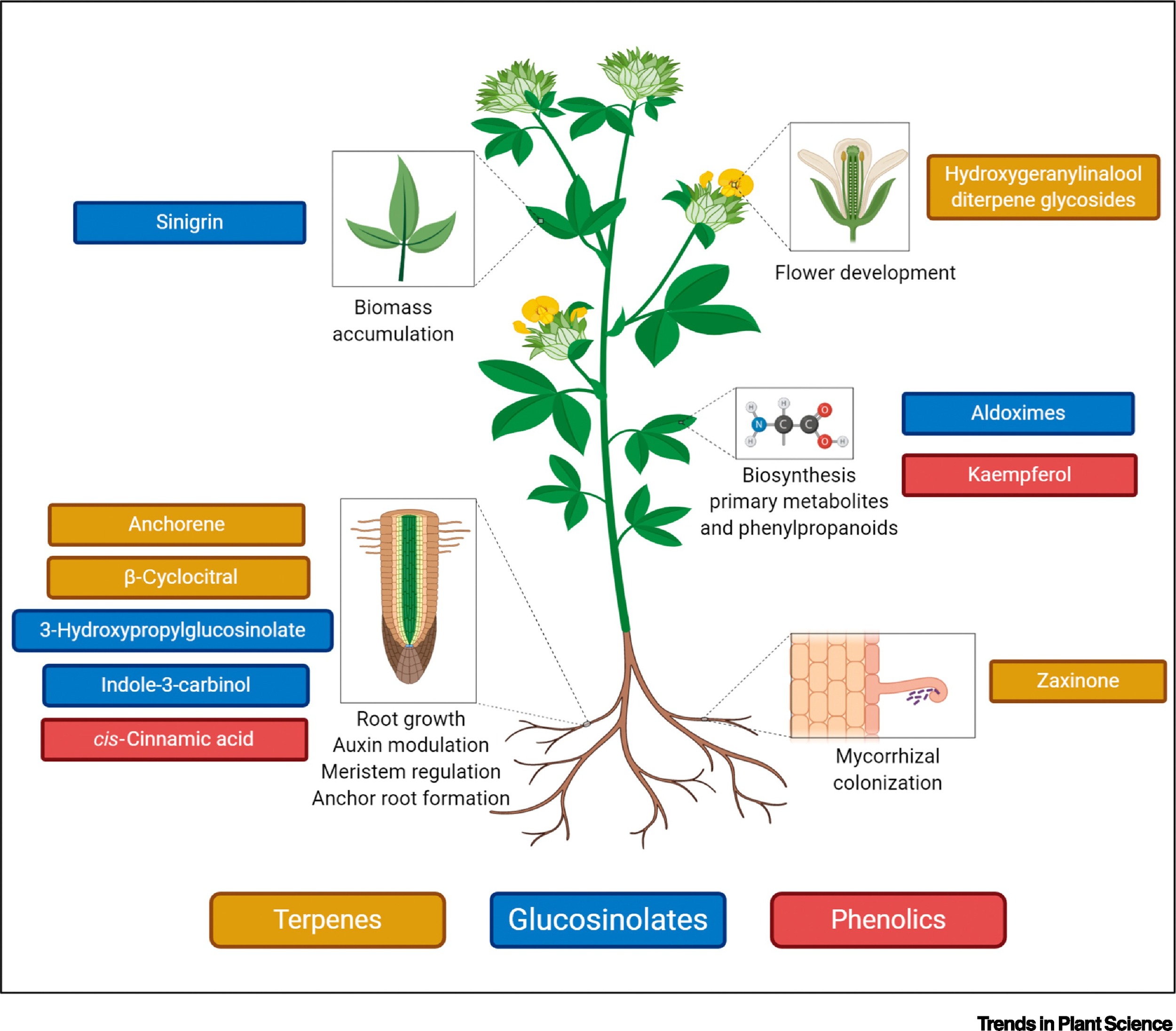
Plant Metabolite Source: cell.com
Types of UVB Grow Light
Before jumping into buying one UVB grow light after reading all the advantages of it, there are several options for UVB grow light in the market, and each one of them shares different pros and cons. Let's explore the common 3 types, fluorescent UVB grow lights, LED UVB grow lights, and HID UVB grow lights.
LED UVB Grow Lights
If you don’t have time to read all this but are eager to find out the best UVB grow light, this is it. UVB LED grow light is so far the most advanced and efficient practice for UVB grow light. Specifically designed to emit UVB light in the desired wavelength range, the UVB LED grow light can easily meet precise requirements when it comes to UV lighting.
Pros:
- The LED grow light is proven to be the most energy-efficient when compared to all other types.
- A longer lifespan than traditional light tubes.
- Precise control over the growth light spectrum, allowing for tailored UVB output.
- Compact and versatile design for easy installation and scalability.
Cons:
- Higher upfront cost compared to other UVB grow lights.
- Limited coverage area per fixture, may require multiple units for larger spaces. Fortunately, you can purchase an individual UV grow light bar whenever needed.
HID UVB Grow Lights
High-Intensity Discharge (HID) UVB grow lights commonly utilize metal halide (MH) lamps. This type of UVB grow light provides intense and concentrated UVB radiation and is suitable for large-scale commercial operations or situations where high light intensity is required.
Pros:
- Provide intense and concentrated UVB radiation.
- Good penetration and coverage area per fixture.
- Compatible with light movers or light rails for even light distribution.
- Widely available in the market with a wide range of options, ranging from affordable ones to upscale ones.
Cons:
- Since it produces higher light intensity, it makes sense that HID UVB grow light results in higher energy consumption and operational costs.
- Generate more heat, requiring efficient cooling and ventilation systems.
- Shorter lifespan compared to fluorescent or LED UVB lights, as bulbs need to be replaced periodically.
- Require proper safety precautions due to the high-intensity light output.
Fluorescent UVB Grow Lights
Fluorescent UVB grow lights are another best UVB grow light option, and is particularly suitable for starters. This type of UVB grow light typically uses fluorescent tubes that emit UVB light in addition to visible light.
Pros:
- Energy-efficient and cost-effective compared to HID lights.
- Offer a wide range of sizes and configurations for various setups.
- Relatively long lifespan compared to HID lights.
Cons:
- Lower UVB intensity compared to other types of UVB grow lights.
- May require closer proximity to plants for effective UVB exposure.
- Can generate more heat compared to LED UVB lights.
Full Review of the Top 3 UVB Grow Light
It would be a bit hard to target UVB-only grow lights, fortunately, there are many full-spectrum grow lights that cover UV lighting. We’ve curated a list of the top 3 best UVB grow lights in the following.
MIGRO UVB 310 Fixture & Fluorescent Tube
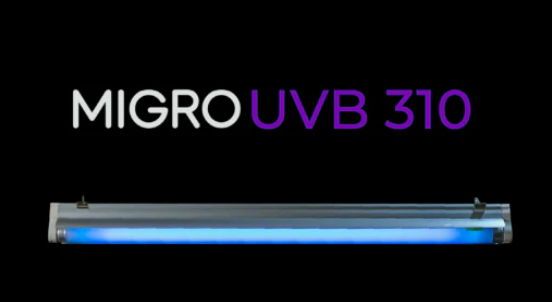
As a specialized grow light fixture that is designed to provide UVB light, this UV grow light from Migro adopts a system output of 75% UVB and 25% UVA, with a spectrum peak at 310nm (UVB).
Pros:
- This best UVB grow light enhances the production of secondary metabolites in your herbs, such as Flavonoids and Terpenes, resulting in an improvement of up to 40% in the taste and aroma of your yields.
- Delicate UVA and UVB output and ratio to increase the overall health of your plants.
- With a specially finished Aluminium reflector, MIGRO UVB grow light is able to redirect 40% more UVB photons onto the grow area compared with a normal UVB grow light.
Cons:
- Limited usage as it can only be applied to the last few weeks of the flowering stage.
- Limited light spectrum as it only contains UV light. If you are looking for a more versatile full-spectrum grow light, this is not your choice.
Spider Farmer Supplemental UV 365nm LED Light Bar
As a member of Spider Farmer supplemental lighting, this UV lighting bar goes a bit beyond the UVB wavelength in the context we are talking about. However, it still works as a great UV grow light option thanks to the following advantages:
Pros:
- The product's specific recommendation for use during the vegetative and flowering stage capitalizes on UVB's capacity to induce positive stress in plants at a critical plant growth phase, potentially increasing yield and quality.
- The dense arrangement of diodes promotes compact growth and leaf thickness, aligning with the UVB light's ability to alter plant morphology for stronger and more visually appealing plants.
- With sturdy metal casing and a strategic recommendation for light exposure timing, the Spider Farmer UV light bar set ensures that plants receive the right amount of UV light without damage, providing a safe and durable solution that complements UVB's advantages in a grow tent.
T8 UVB Grow Light
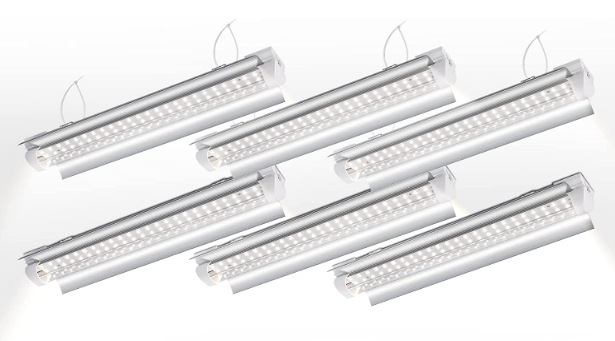
As a long-lasting item for indoor growing, the T8 Grow Light has a fair reputation in the industry.
Pros:
- This UV grow light offers a complete range of wavelengths, from 400 to 800nm, utilizing 312 high-brightness light chips. This full spectrum lighting provides a high photosynthetic photon flux density (PPFD) that makes it ideal for indoor plants.
- These T8 grow light strips come with adjustable reflectors, allowing you to easily modify the illumination range by changing the reflector angle.
- These grow light strips are designed for easy installation, surpassing the complexity of traditional plant lights.
Cons:
- One drawback of T8 UVB grow lights is their relatively lower UVB intensity compared to some other UVB grow light types, such as LED grow lights or high-output fluorescents.
- T8 UVB bulbs typically have a moderate lifespan and need to be replaced more frequently compared to LED grow lights. Regular bulb replacements are necessary to maintain optimal UVB output and prevent diminishing light intensity over time.
- Like other fluorescent grow lights, T8 UVB lights can generate more heat compared to LED counterparts. Growers need to ensure proper ventilation systems to prevent excessive heat buildup in the growing environment.
How to Use UVB Grow Light for Plants
It’s confusing for lots of you to figure out how to use UVB grow lights properly, particularly in terms of how long should the grow lights be on and how high to be placed above the plants. Well, the fact is that it is troublesome to use them correctly. But don’t worry, follow the tutorial below and you’ll master the skills.
Note: We are using the Spider Farmer supplemental UV 365nm LED light bar.
Setting Up Your UVB Grow Light System
Begin by attaching the Spider Farmer Supplemental UV LED light bar to your main grow lights. It means - how far to hang the UVB grow lights is the same as how far to hang the main grow lights.
Managing UVB Light During the Vegetative Stage
As your plants undergo vegetative growth, the role of UVB light is to encourage stronger and healthier development. For the vegetative stage, the Spider Farmer light should be set to operate for 5 minutes at the start of each hour throughout the plant's daily light cycle.
If your plants are receiving 18 hours of light per day, they should receive a total of 1.5 hours of UVB light in intervals, spread evenly across the entire 'daytime' period.
Adjusting UVB Light for the Flowering Stage
When your plants transition to the flowering stage, their UVB light needs to increase as they prepare to produce flowers or fruits. During this stage, adjust the timer to increase the UVB exposure to 10 minutes per hour.
For plants on a standard 12-hour flowering light cycle, this adjustment will result in 2 hours of UVB exposure each day, which supports the production of essential oils, terpenes, and other valuable compounds in your plants.
Monitoring Plant Health and UVB Exposure
It is essential to observe your plants closely for any signs of distress that might indicate too much UVB exposure, such as leaves curling up or signs of burn. Should these symptoms occur, reduce the exposure by either decreasing the time the UVB light is on or by slightly raising the light fixture above the plant canopy. This step ensures that your plants benefit from the UVB light without the risk of damage.
Conclusion
UVB grow lights provide specific UVB wavelengths that offer numerous benefits, including increased production of secondary metabolites, improved plant resilience, and enhanced flavors and aromas in harvested crops. To harness the power of UVB radiation for optimal plant growth and development, simply pick one from the list of the best UVB grow light.
FAQs about UVB Grow Light
- Can UVB be used as a grow light?
Yes, UVB light can be used as a supplemental grow light. While plants primarily require light in the visible spectrum (400-700nm) for photosynthesis, exposure to UVB light can stimulate the production of secondary metabolites such as flavonoids and terpenes, which contribute to enhanced flavors, aromas, and nutritional qualities in crops.
- Do plants need UVA or UVB to grow?
No, plants do not require UVA or UVB light for basic growth and development. However, exposure to UVA and UVB light can contribute to photomorphogenesis and stimulate the production of secondary metabolites.
- What does UVB do to plants?
Key impacts of UVB radiation on plants include secondary metabolite production, photomorphogenesis, DNA damage and repair, and stress response. However, excessive or prolonged UVB exposure can inhibit plant growth and reduce photosynthetic activity.

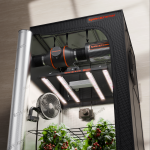
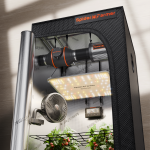
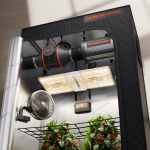
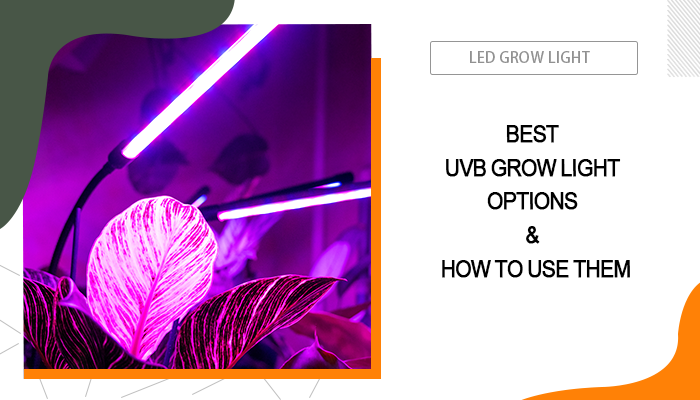
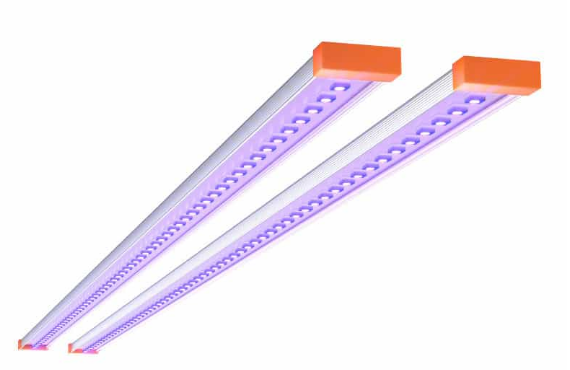
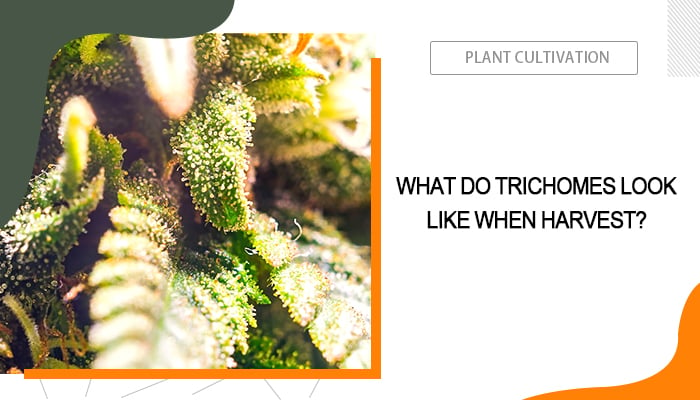
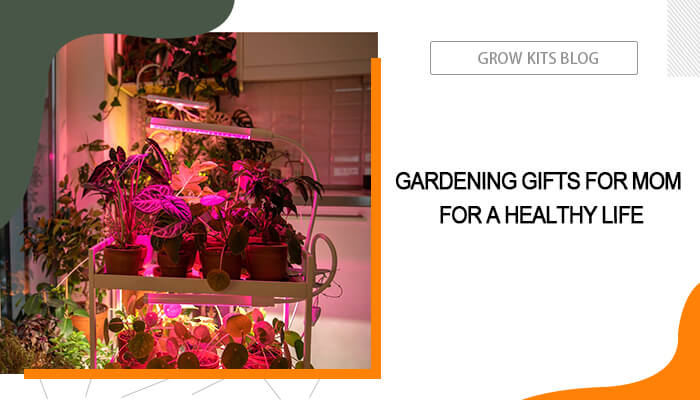

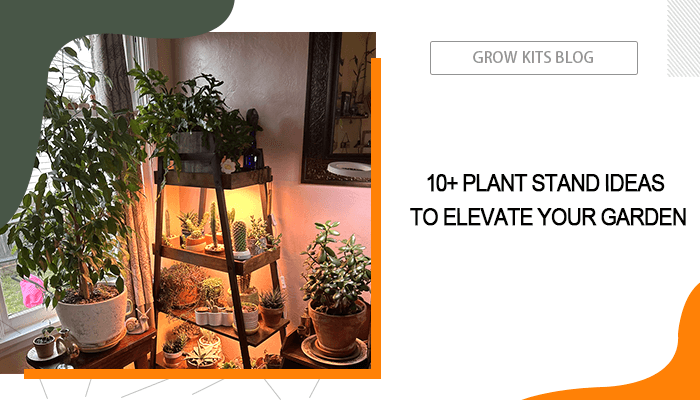
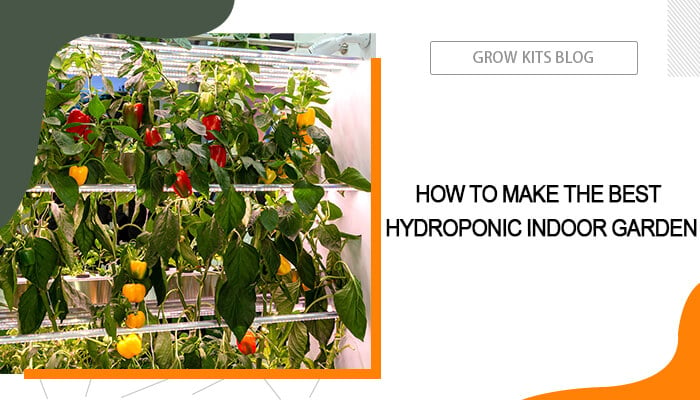

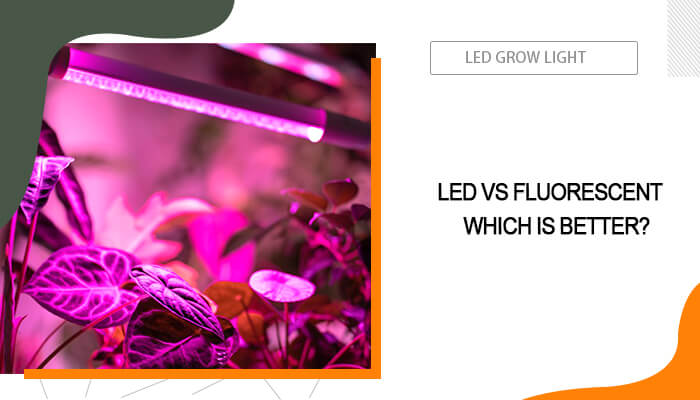
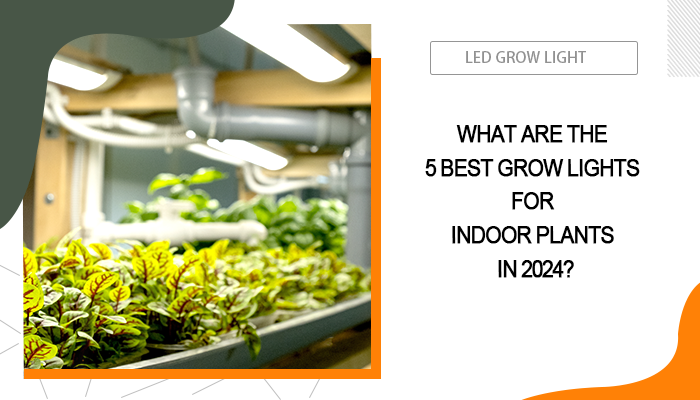
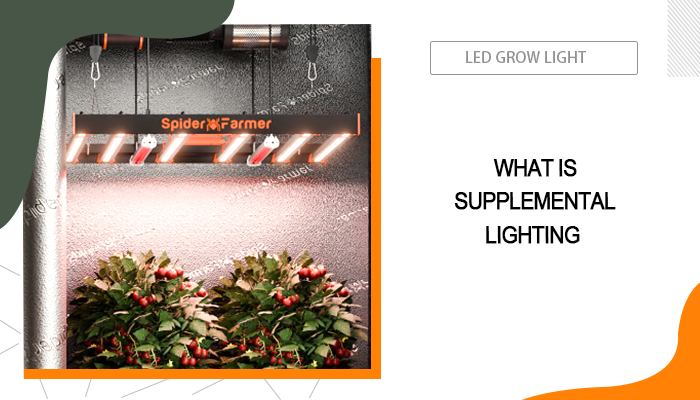
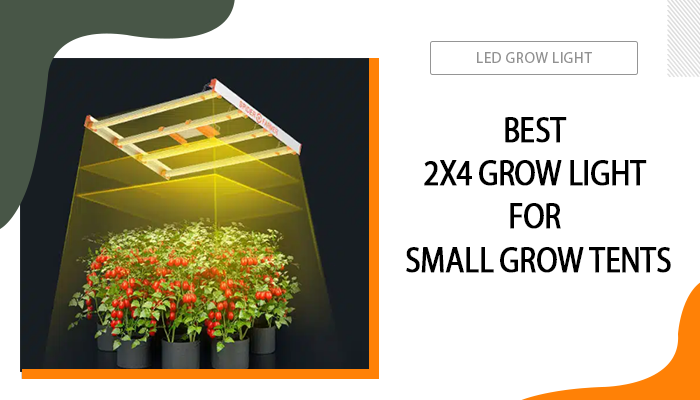
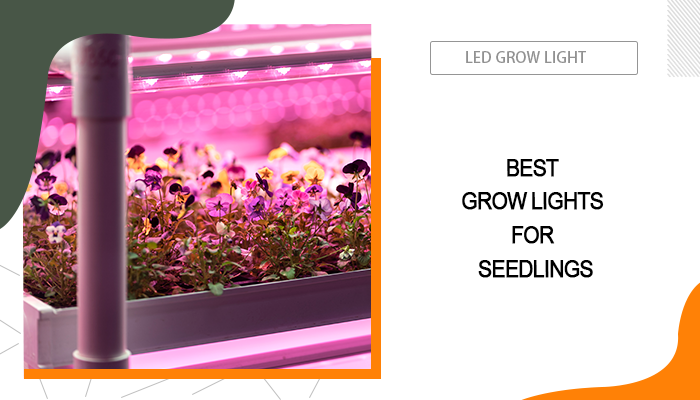
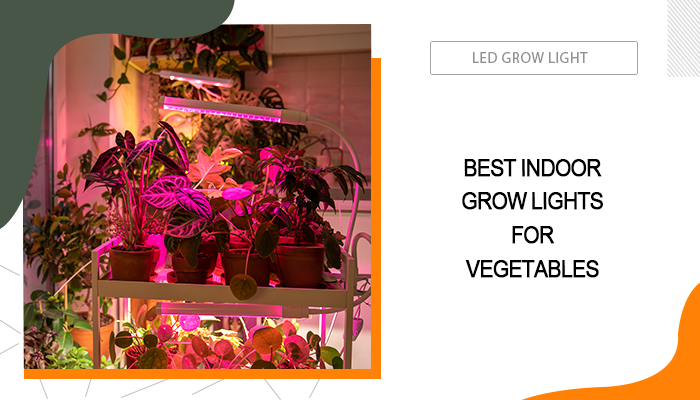


using solacure “flower power” T12 fluorescents and am very happy with the results. Have not had any lab thc tests done. but there is a definite increase in both potency and flavor.